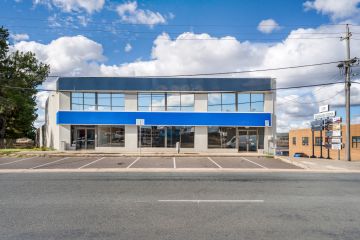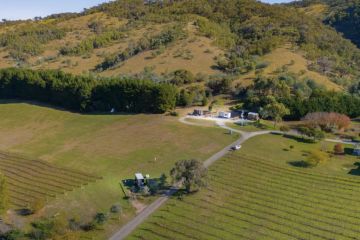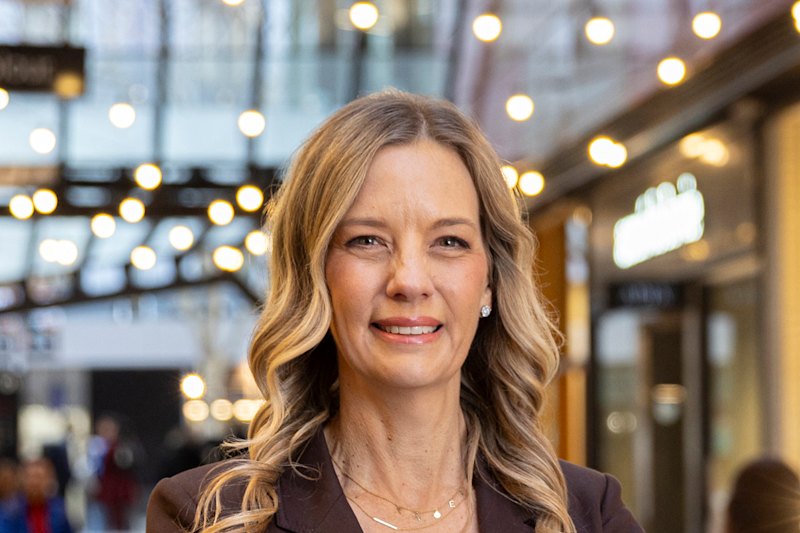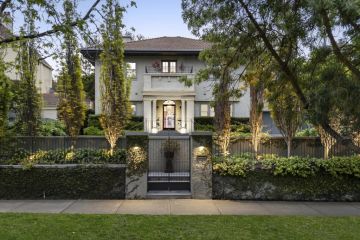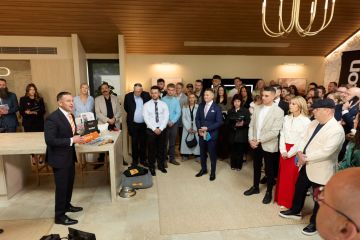What would a 'city deal' mean for Canberra and the surrounding region
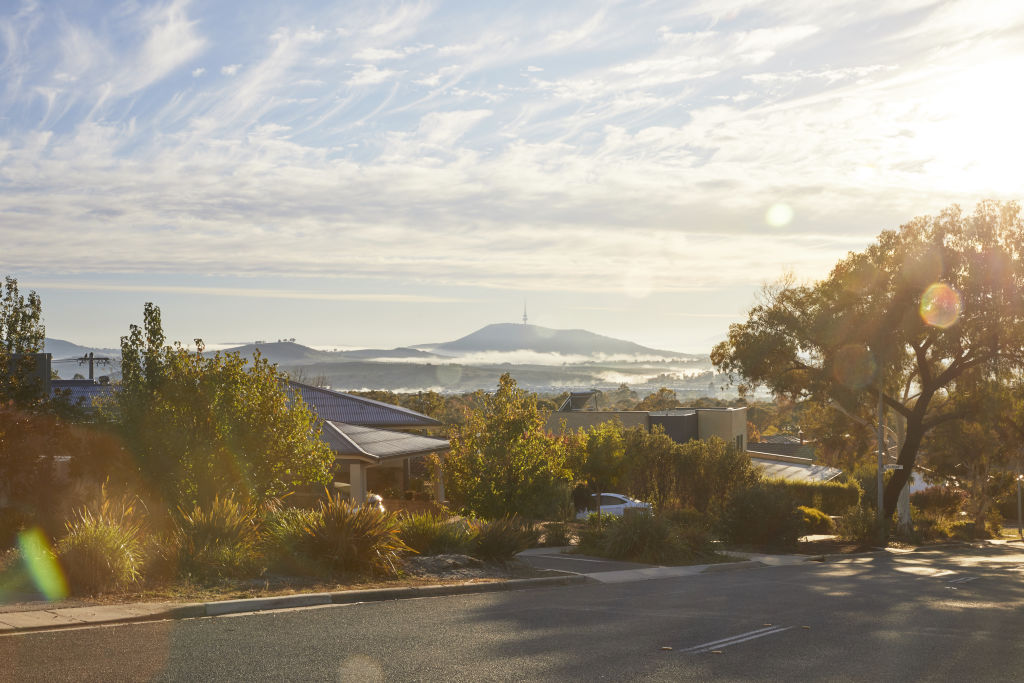
Canberra’s population is rapidly growing but so is the surrounding region, and the ACT government and local councils are working together towards better integration.
On Monday night a group of policymakers and experts spoke about the prospectus for a Canberra Region City Deal.
The deal is set to encompass surrounding local government areas including Queanbeyan-Palerang, Goulburn Mulwaree, Snowy Monaro and Yass Valley, along with councils in the South Coast and further inland.
City deals are a partnership between the three levels of government to align planning, investment and governance to help drive economic development.
A city deal for Canberra and the wider region has been on the agenda since former prime minister Malcolm Turnbull created the program in 2015.
In 2017, Chief Minister Andrew Barr announced the territory government had agreed to a memorandum of understanding with the Commonwealth government to work towards the deal.
More recently, in March the Chief Minister along with the Canberra Region Joint Organisation called for the then-incoming NSW and federal governments to support a three-point plan.
“The Canberra Region City Deal is a summary of priorities that we have been pursuing for some time, from faster rail to more health infrastructure,” Mr Barr said.
- Related: Region Australia economy worth almost $600b but has slowed markedly compared to other capital cities
- Related: Cities, regions set for $100 billion infrastructure spend on fast rail and roads
- Related: Canberra report card: An architect’s view on the city’s planning and design
The three points for the deal are an enhancement of transport and connectivity; borderless services for the community; and strengthening the role of the national capital.
The ACT government has been working with the Canberra Region Joint Organisation on a prospectus for the city deal. Planning network chair of the organisation Chris Berry said the city deals helped spur along region cooperation.
“The preparation of a prospectus for the Canberra region was simply opportunistic, riding on the back of the federal government’s city deals,” he said.
“With 290,000 people in the region [plus a further 410,000 people in the ACT] collectively advocating as a single group made sense to effect change in Sydney [as] the whole region is projected to be one million by 2056.
“Developing a vision for the region, which included the ACT, was a key objective to support the ‘one voice’ concept.”
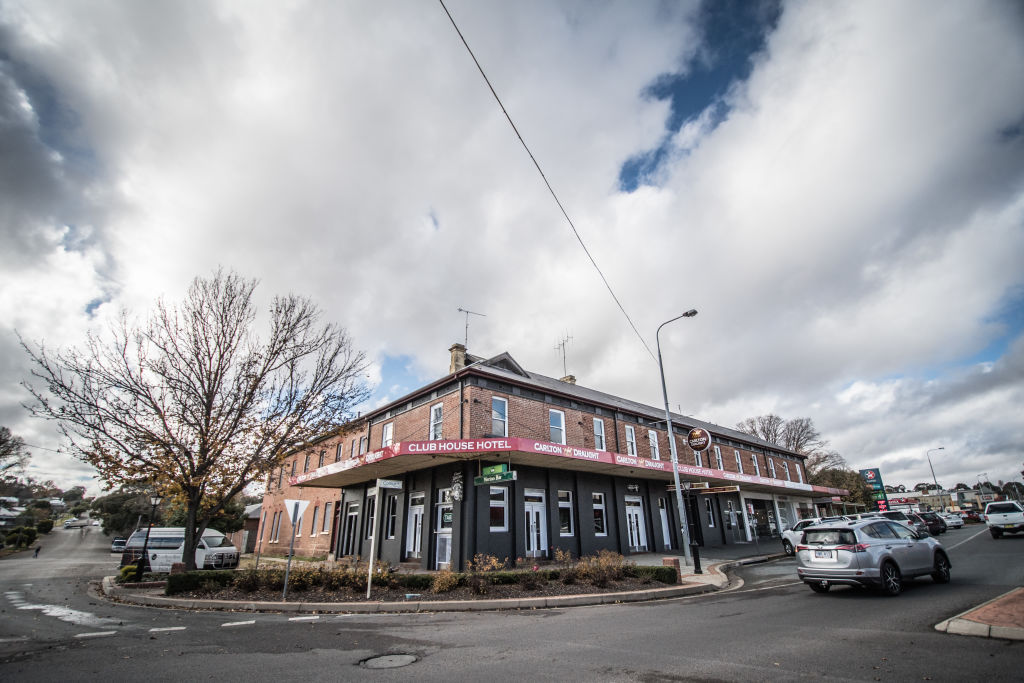
SGS Economics and Planning’s Terry Rawnsley said the event on Monday night discussed what was needed in the city deal.
“The deal is trying to work out what are the challenges facing Canberra and the region and what sort of initiatives and projects would strengthen Canberra’s economic, social and environmental outcomes,” he said.
On creating borderless services, Mr Rawnsley said an example could be Action buses servicing Queanbeyan.
“It seems like such an easy thing to do but there are regulations – ACT buses have a bike rack on the front which is illegal in NSW,” he said.
“[If you] try to work out how to forget about that border and just have services flowing back and forward, then it’s cheaper and easier to have people do business.”
Future planning and development to cater to Canberra’s future population growth would also play a key part in the deal.
“Over the next 20 years, Canberra could hit 600,000 people and then you start to think how different Canberra would look with 200,000 [extra] people,” Mr Rawnsley said.
“You can’t sprawl out another 200,000 people, so it’s about where in Canberra can you get higher density to accommodate more population but it’s also about where in Canberra can you put more of those smaller two-for-one conversions.”
It comes after the ACT’s government City Renewal Authority earlier this month released a 30-year plan for future growth in and around the city centre.
The authority expects the population within the renewal precinct – which spans Dickson, Northbourne Avenue, Haig Park, Civic and West Basin – to expand to more than 52,000 by 2046.
City deals have already been announced for other capital cities including Darwin, Hobart, Adelaide and Perth, and other major cities and regions such as Townsville, Launceston, Geelong, Western Sydney and south-east Queensland.
We recommend
We thought you might like
States
Capital Cities
Capital Cities - Rentals
Popular Areas
Allhomes
More
